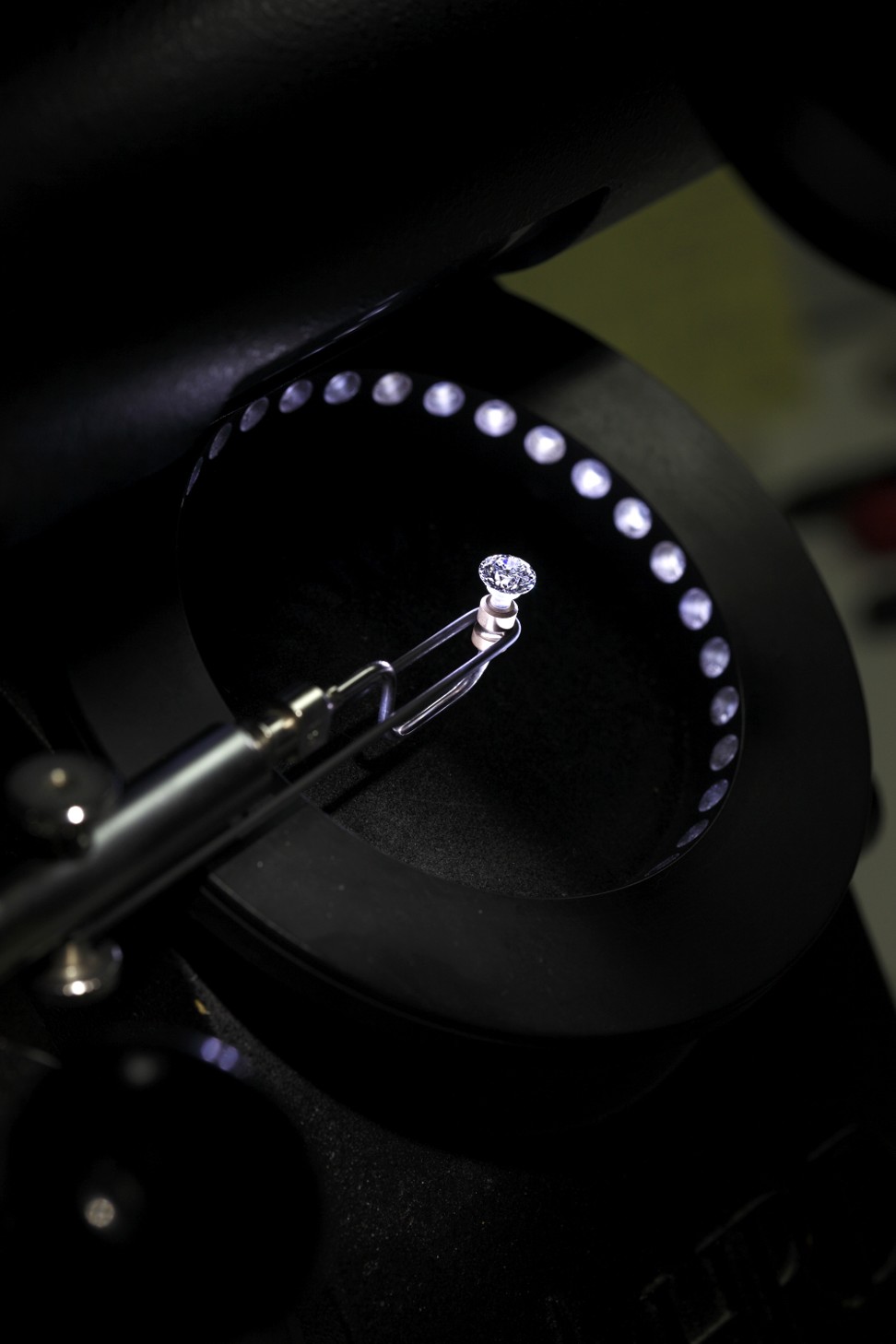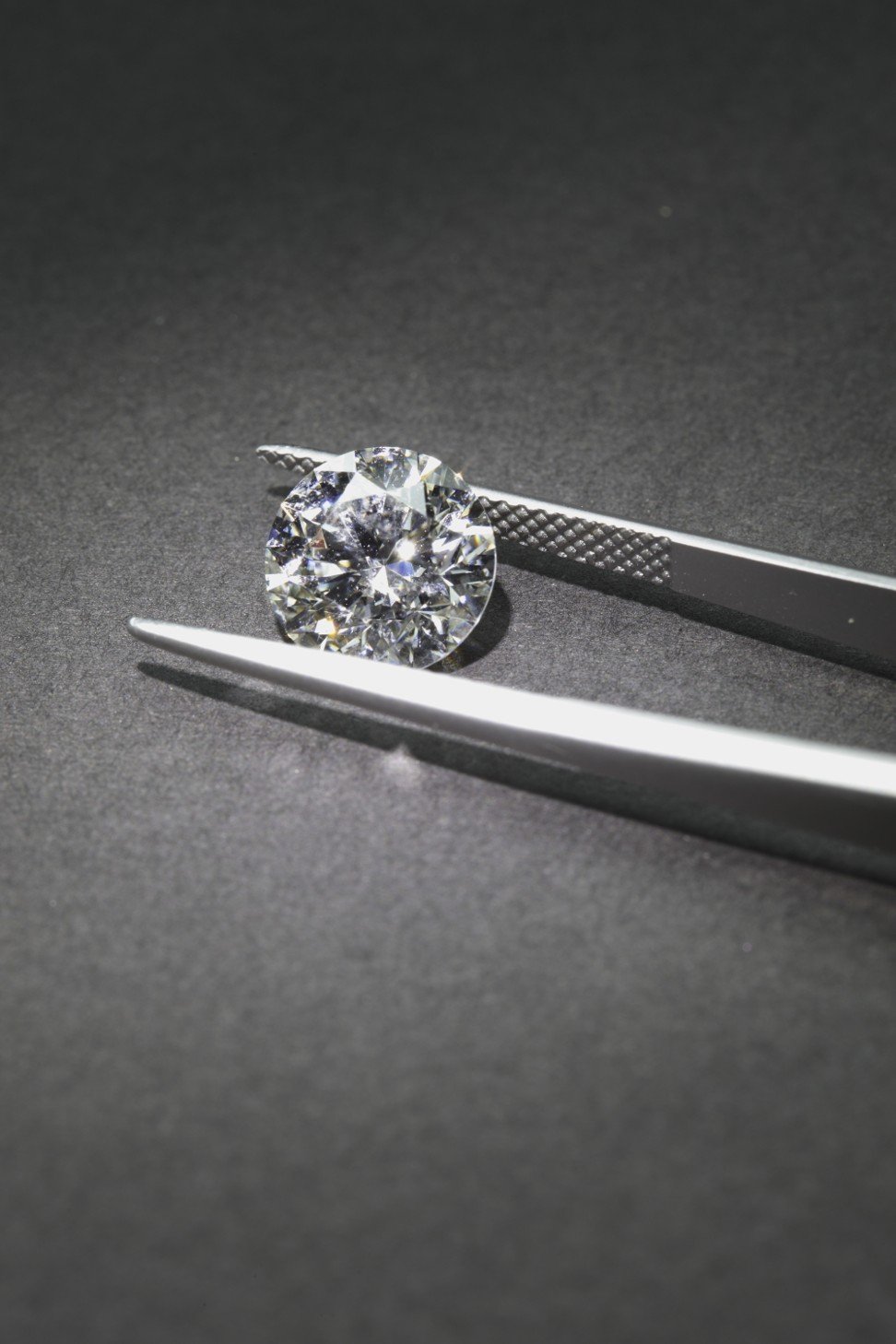
Where does your Tiffany diamond come from? Now you can find out
In an exclusive interview, Alessandro Bogliolo, Tiffany & Co.’s CEO, explains to STYLE how the maison’s new diamond source initiative will make the entire journey of its stones transparent to consumers by 2020

In case you hadn’t noticed, it’s the age of transparency. We demand to know where our handbags are crafted. We need to know what sort of cows our steaks come from, whether they were fed on grain or grass, how happy their lives were. It comes as no surprise, then, that the same applies to our jewellery.
As an industry first, Tiffany & Co. will now be laser-etching each of its individually registered diamonds sized 0.18 and larger with a serial number. Invisible to the naked eye, the serial number contains information about the stone’s region or country of origin – what the brand calls provenance – thereby ensuring consumers know where their diamond was sourced.
The move was partly motivated by millennials’ desire to be able to trace objects back to their origins, with brands held accountable for sustainability through their sourcing process.
“A transparent journey of responsible sourcing reflects the many positive and far-reaching benefits along every step of the diamond supply chain,” says the brand’s chief sustainability officer, Anisa Kamadoli Costa.
By 2020, the information included within the serial number will include details on the stone’s craftsmanship process, such as the workshop location in which the diamond was cut and polished.
“There should be nothing opaque about Tiffany diamonds,” says the brand CEO, Alessandro Bogliolo, who announced the news in a video message on January 9 (8am New York time).
In a Hong Kong-exclusive interview with STYLE, Bogliolo tells us more about this industry-first move:
What is the motivation behind making this information available to customers?
Alessandro Bogliolo: I would say it’s more about the duty as a luxury jeweller. Although current diamond industry practices preclude the positive identification of provenance for many of the world’s diamonds, we are striving to lead the industry by bringing a new level of transparency to our diamond supply chain.
How is this information presented to consumers?
AB: Starting from 2019, we will begin including provenance on the Tiffany Diamond Certificate for individually registered diamonds, alongside the stone’s other specifications, information not made available on other industry lab reports or by other global luxury jewellers.
Other than that, you will also be able to know more about the information by checking out the display at our store; for many of our solitaire diamonds displayed in the store, we will state the country of origin of the solitaire diamonds, so the customer can easily know more about the provenance of diamond by just checking out our display.
Alternatively, such information will also be available on our website starting from next year as well.
This industry-changing announcement reflects the culmination of decades of investment in the sustainability and craftsmanship of Tiffany diamonds, and is only the first step in our diamond source initiative. By 2020, consumers will also be able to trace the craftsmanship journey of their diamond – including the cutting and polishing location – an industry first.
How does this speak to Tiffany’s efforts towards sustainability?
AB: At Tiffany, we are committed to not only minimising our impacts as a business but also to using our voice and actions to positively affect communities and protect the planet. Through this initiative and our broader sustainability commitments, we promote the people and businesses that do the right thing by their workers, environment and communities. As a renowned luxury jeweller, we want to propel these voices and encourage others to do the right thing, regardless of industry.
Most importantly, our customers deserve to know that a Tiffany diamond was sourced with the highest standards, not only in quality but also in social and environmental responsibility. We believe that diamond traceability is the best means to ensure both.
Will making this information public affect the way Tiffany sources its diamonds?
AB: We have had a system in placed for more than 20 years on who we buy from; for example, making sure that the mining companies comply with labour security, human rights and environmental protection [laws and regulations].
I really hope that this will help the entire industry to elevate the criteria and become more transparent just like some other industries. Each of our regions and countries of origin has an important story and meets our commitment to responsibility. We do not believe one source within our network is better than another. We do believe Tiffany’s ability to provide provenance is superior to [what] any other global luxury jeweller [is doing].
We can share with customers the unique and positive stories of our diamonds’ origins. That makes a Tiffany diamond different.
Why do you think people want to know the origin of diamonds? What are they looking to do with the information?
AB: Diamonds signify a personal and significant purchase, often representing important moments in our lives, and we believe our clients want and deserve to know where their most valuable, most cherished diamond jewellery is from, and how it came to be. This is also a piece of important information for someone who buys a diamond and wishes to pass this piece of jewellery from generation to generation in a family.
How big a role do you think the origin of a diamond plays in the decision to acquire diamond jewellery?
AB: I don’t think customers actually have preference for which exact geographic region the diamonds come from. But they will care and appreciate that the diamonds they are buying are being taken care of by thousands of skilful craftsmen, and [that there is] transparency on how the diamonds are handled. We in the luxury industry are seeing a new generation of buyers – one that cares about the environment and society more than ever, and that translates those beliefs into brand loyalty.
We believe diamond traceability is the best means to ensure social and environmental responsibility, as it allows us to address human rights, labour practices and the environment throughout the entire journey of a Tiffany diamond. For consumers, this critical piece of information enables an informed purchase decision. For Tiffany, this move reflects another step forward in line with our long-held principle of transparency.
Millennials care about origin of the goods they purchase, with ethical treatment of labour and the production process a key area of concern. Would you say this move by Tiffany is a way to engage millennials, who have over the years become more critical of the diamond industry?
AB: Maybe this is of more relevance to millennials, but [it is] actually for all our customers, and we do want to be a brand that is relevant. Tiffany was established in 1837. We are a brand that adapts to the evolution of society. This move is an answer to the evolution of society.
20 years ago, there was the blood diamond issue and now customers want to know more. They want to feel good on what they have bought. We want to be transparent and bring our customers along on the journey of a Tiffany diamond. While millennials are reported to prefer brands that take a stand and do good, supply chain transparency and integrity have been at the core of Tiffany & Co. for more than two decades.
Will Tiffany apply this new programme to all diamonds? Will this programme eventually be extended to include other precious gems?
AB: From now on, we will provide provenance for all of our individually registered diamonds – generally those 0.18 carats and greater – including rare fancy coloured diamonds, yellow diamonds, and normal colour range.
We have the greatest opportunity with diamonds today, so we are focusing on diamonds for now. To give more context to the gemstone supply chain, approximately 80 per cent of the world’s coloured gemstones come from small-scale, artisanal mines in more than 40 countries, and as a result it can be difficult to trace their origins. Because of this, we use strict protocols for sourcing and are working to help set standards that account for the realities of the supply chain, while seeking to increase transparency.

